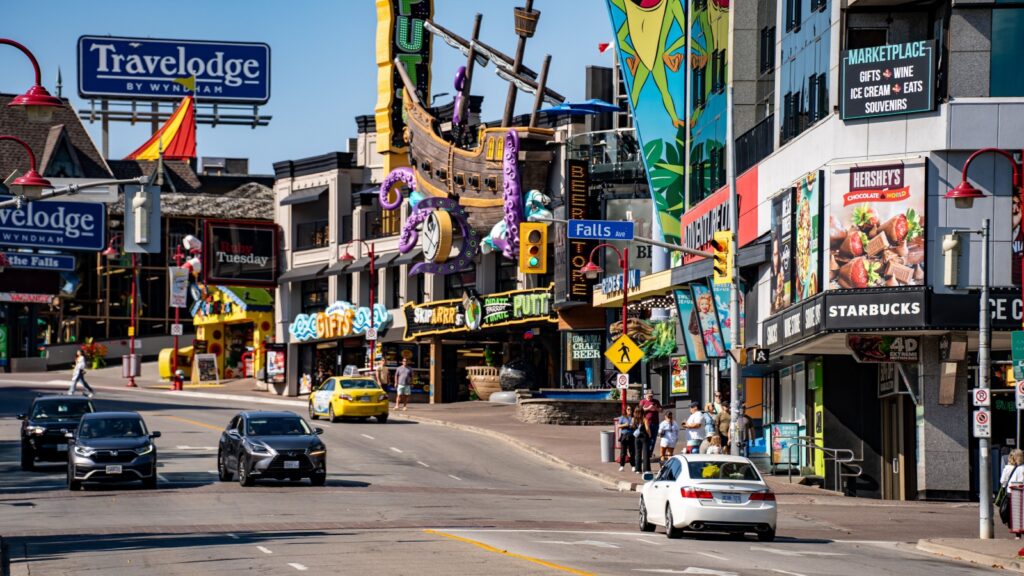Canada is one of the most scenic countries in the world, but not every “must-see” spot lives up to its hype. Some attractions are overpriced, overcrowded, or simply underwhelming when compared to what’s promised in the brochures. These so-called landmarks often cater more to photo ops and souvenir sales than to real experiences. Here are 23 well-known Canadian tourist traps that aren’t worth your money.
Clifton Hill, Niagara Falls, Ontario
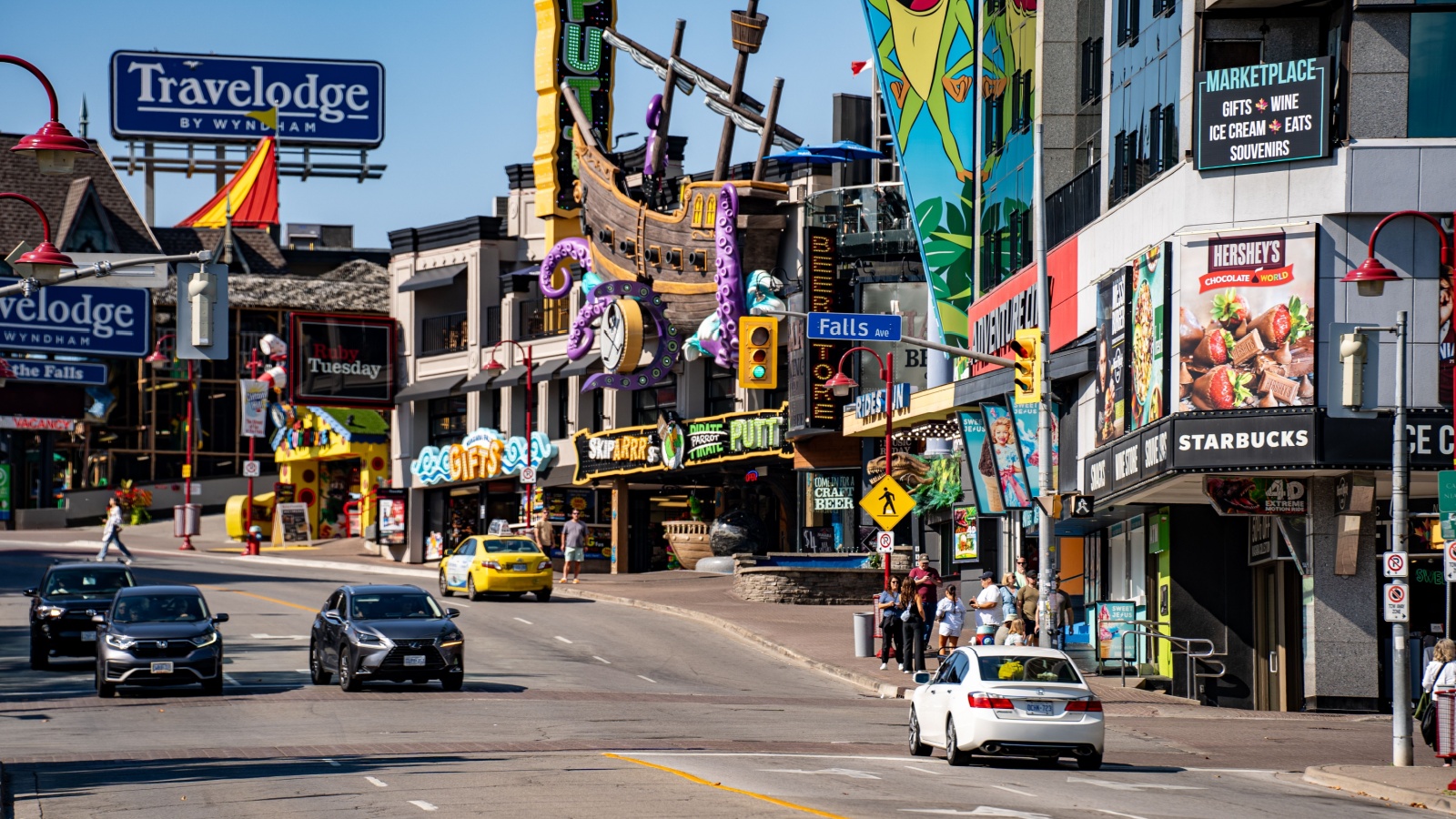
Clifton Hill is a neon maze of haunted houses, wax museums, and overpriced arcades. The natural wonder of Niagara Falls becomes a backdrop to a carnival of flashing lights and loud attractions. Visitors often find the area overly commercialized and lacking substance. Meals and souvenirs here cost far more than they’re worth, and the genuine beauty of the falls feels buried beneath marketing gimmicks. If you want to experience Niagara properly, skip the arcade chaos and enjoy the quieter trails or the scenic boat tours that actually bring you close to the falls.
Ripley’s Aquarium, Toronto, Ontario
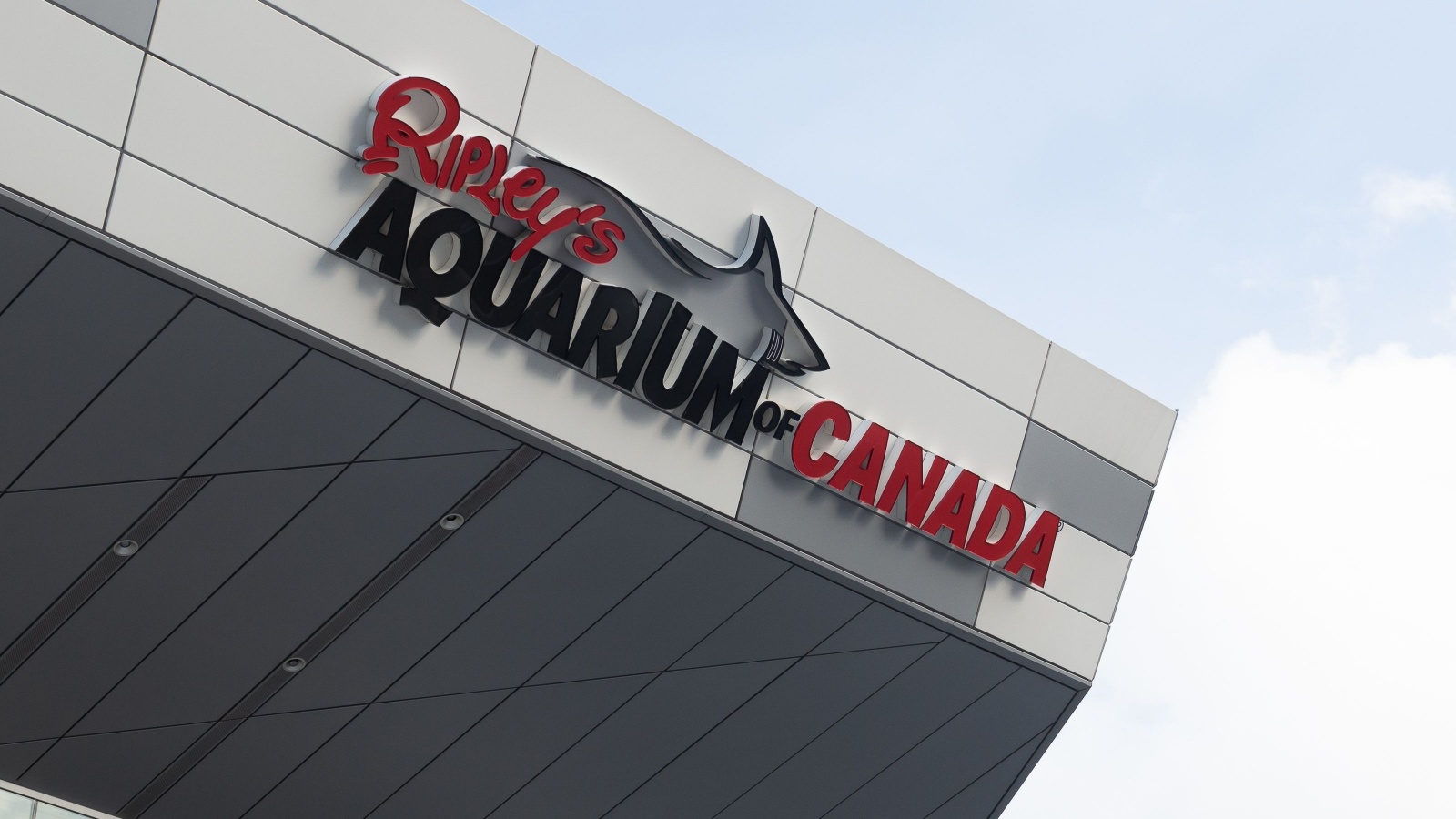
While Ripley’s Aquarium near Toronto’s CN Tower is impressive in photos, the actual visit is often congested, with long lines and short viewing times. The high admission cost feels excessive for a self-guided walkthrough that takes barely two hours. Many visitors find the marine displays repetitive and comparable to smaller, less expensive aquariums across Canada. Families end up paying a premium mainly for the location rather than the experience. If you’re curious about marine life, smaller aquariums in Halifax or Vancouver provide calmer, cheaper, and more educational visits without the same crowd pressure.
Banff Gondola, Alberta
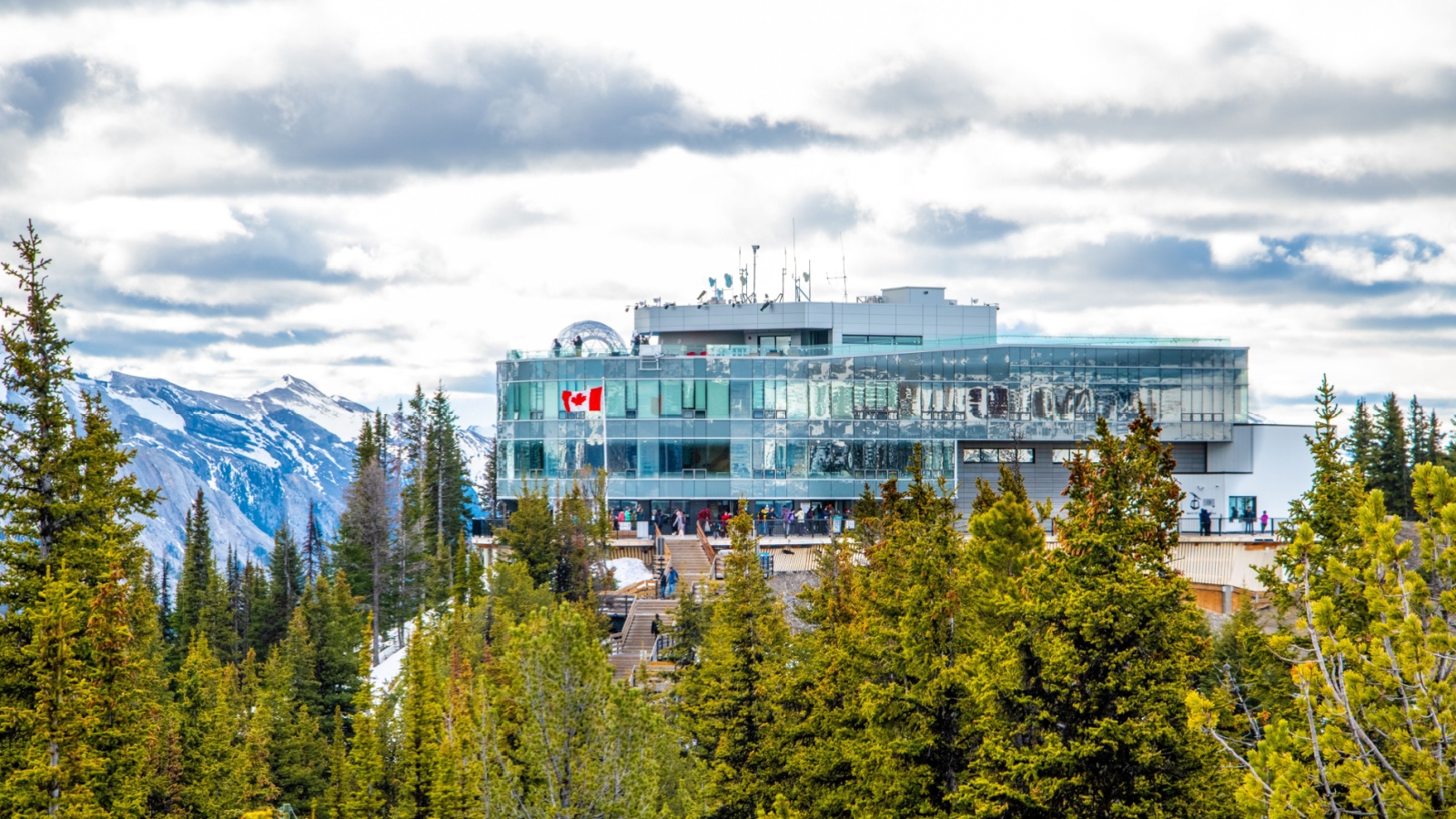
The Banff Gondola offers stunning views, but the $60+ ticket for an eight-minute ride leaves many underwhelmed. At the summit, the viewing decks are crowded, and the experience is over almost as soon as it begins. Since Banff National Park is full of accessible hiking trails that lead to equally breathtaking vantage points, many visitors regret spending so much on such a short attraction. Hiking the Sulphur Mountain trail gives you the same view for free, and with the added satisfaction of earning it through effort rather than standing in line.
Capilano Suspension Bridge, Vancouver, British Columbia
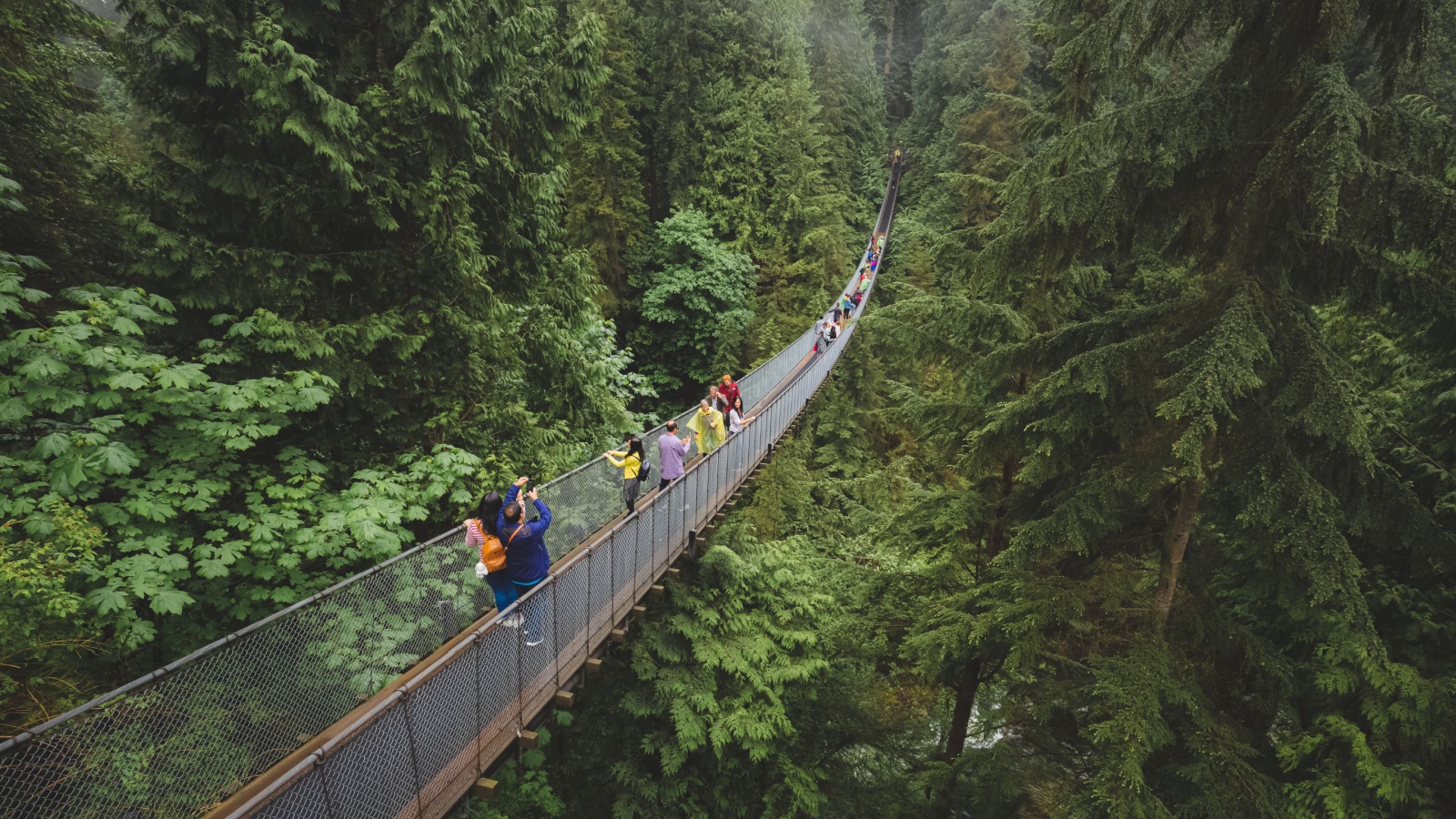
Capilano’s suspension bridge is undeniably scenic, but the ticket price, often exceeding $70 per adult, doesn’t match the value. The bridge itself becomes jammed with people, leaving little room for photos or quiet enjoyment. The surrounding park features commercial exhibits and souvenir shops that dilute the natural setting. For a similar experience without the inflated cost, Lynn Canyon Park nearby offers a free suspension bridge and forest trails with fewer crowds. Visitors often report that the atmosphere there feels more genuine, peaceful, and representative of British Columbia’s true natural beauty.
Steam Clock, Gastown, Vancouver
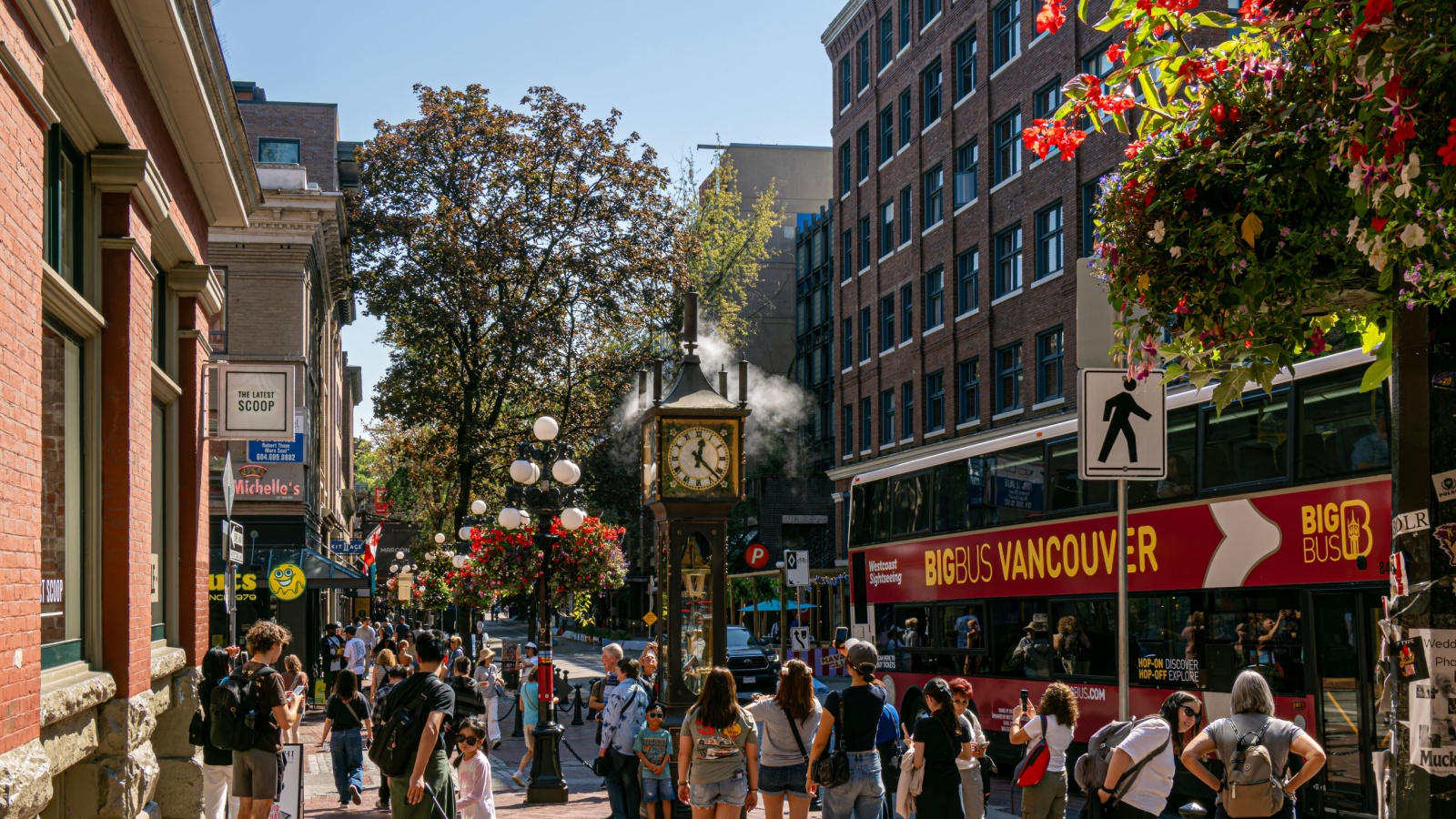
The Gastown steam clock is one of Vancouver’s most photographed landmarks, but its backstory is often misunderstood, it was built in 1977 as a novelty, not a historic relic. Tourists crowd around for the hourly steam whistle, which lasts a few seconds and is less impressive than expected. The surrounding shops take advantage of the traffic with inflated prices for souvenirs and snacks. It’s a fine quick stop if you’re already in the area, but it’s not worth going out of your way or spending money nearby just for a photo.
Peggy’s Cove, Nova Scotia
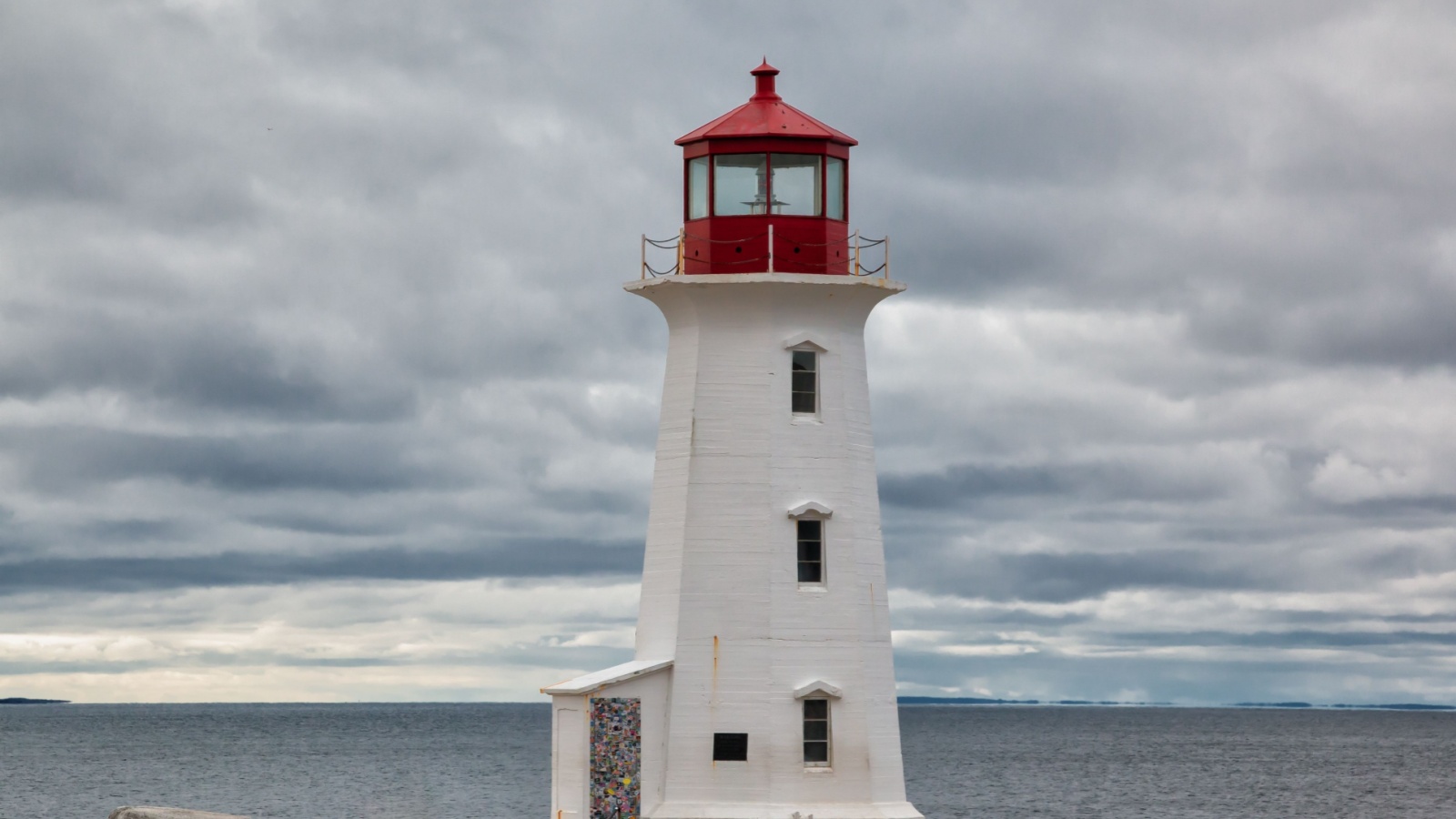
Peggy’s Cove is beautiful in postcards but frustrating in person during high season. Busloads of tourists crowd the small lighthouse area, while parking, food, and souvenirs are all overpriced. The small fishing village charm that once defined it has been largely replaced by commercialization. Visitors often spend more time dodging selfie sticks than admiring the ocean. For a quieter and more authentic maritime experience, nearby fishing communities like Lunenburg or Mahone Bay provide the same rugged coastal scenery without the inflated prices and mass tourism.
Whistler Village, British Columbia
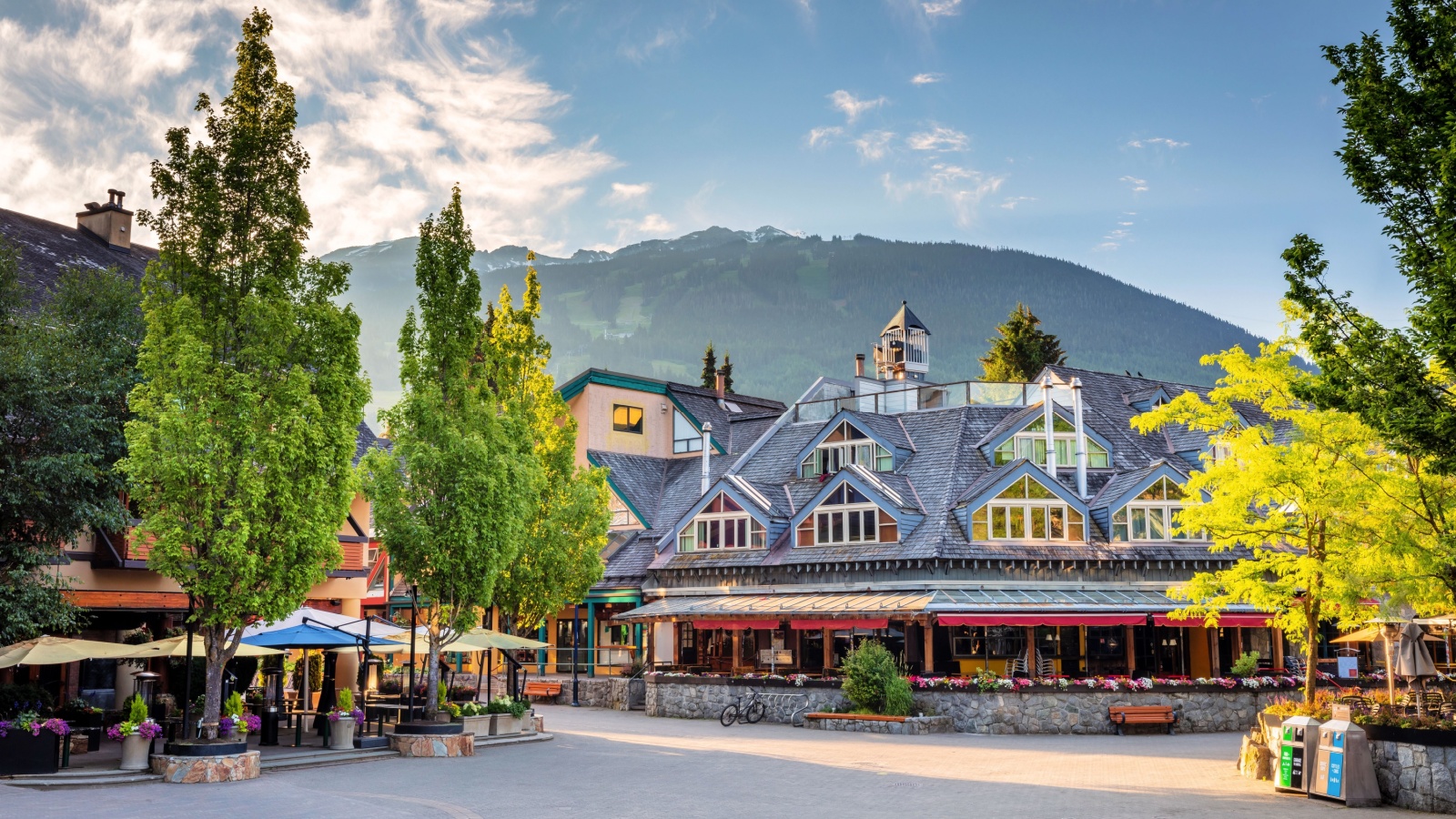
Whistler is one of Canada’s most famous ski towns, but everything in the main village costs a premium: meals, gear rentals, hotels, and even parking. During peak season, lift lines stretch endlessly, and crowded walkways can make it feel more like a shopping mall than a mountain escape. For travelers seeking the same alpine atmosphere without the inflated prices, towns like Revelstoke or Sun Peaks offer exceptional skiing and hiking without draining your wallet. Whistler’s beauty is undeniable, but its commercialization leaves many visitors feeling shortchanged.
West Edmonton Mall, Alberta
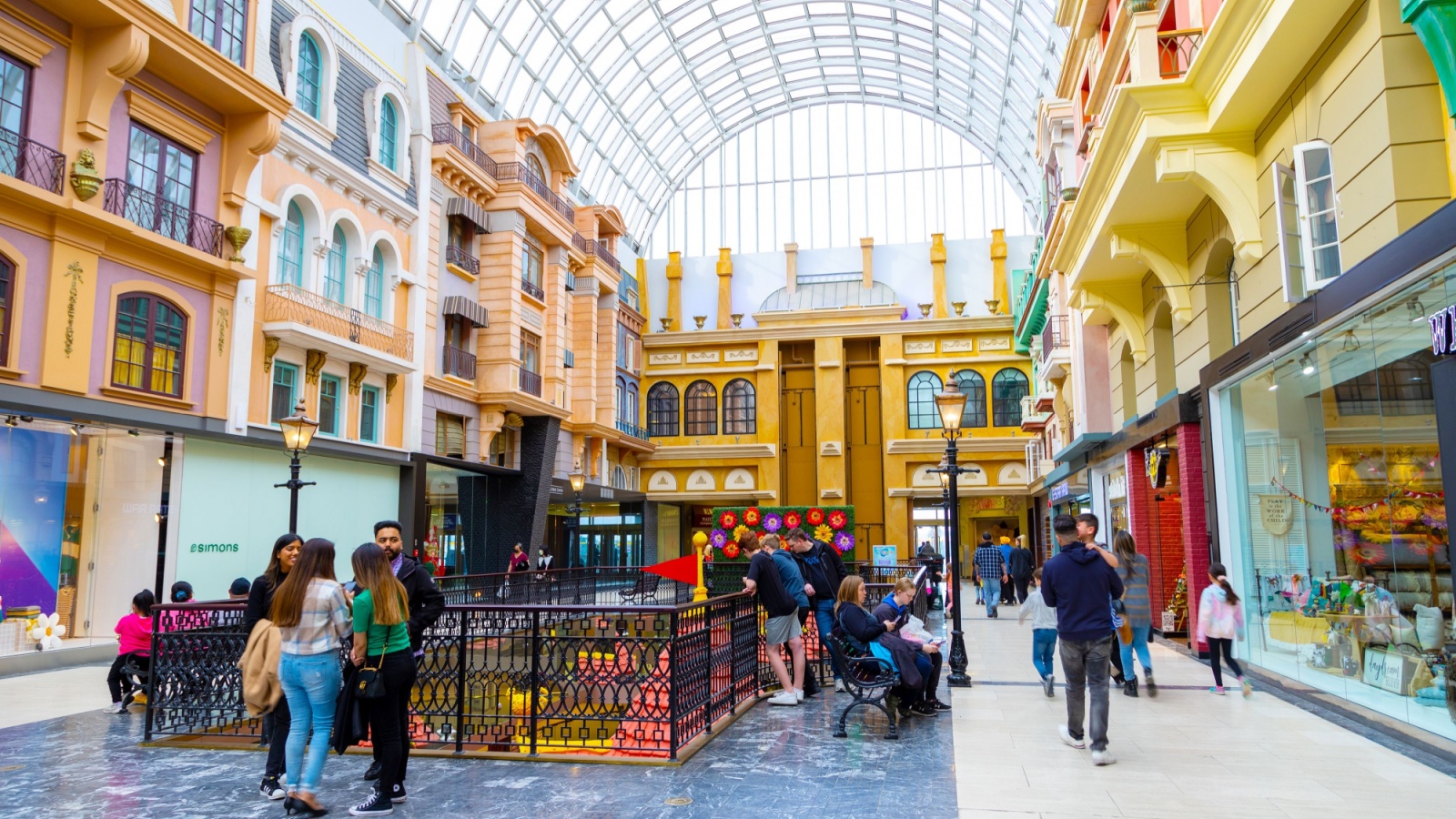
Once billed as the largest mall in North America, West Edmonton Mall combines shopping, an amusement park, and a waterpark under one roof. However, every activity inside costs extra, making a family outing surprisingly expensive. The attractions themselves often feel dated, and the overall experience is more exhausting than entertaining. Many locals say you could spend the same amount enjoying Edmonton’s outdoor parks, art galleries, and river valley trails. Unless you genuinely love malls, it’s better to skip the hype and explore the city’s cultural side instead.
Casa Loma, Toronto, Ontario
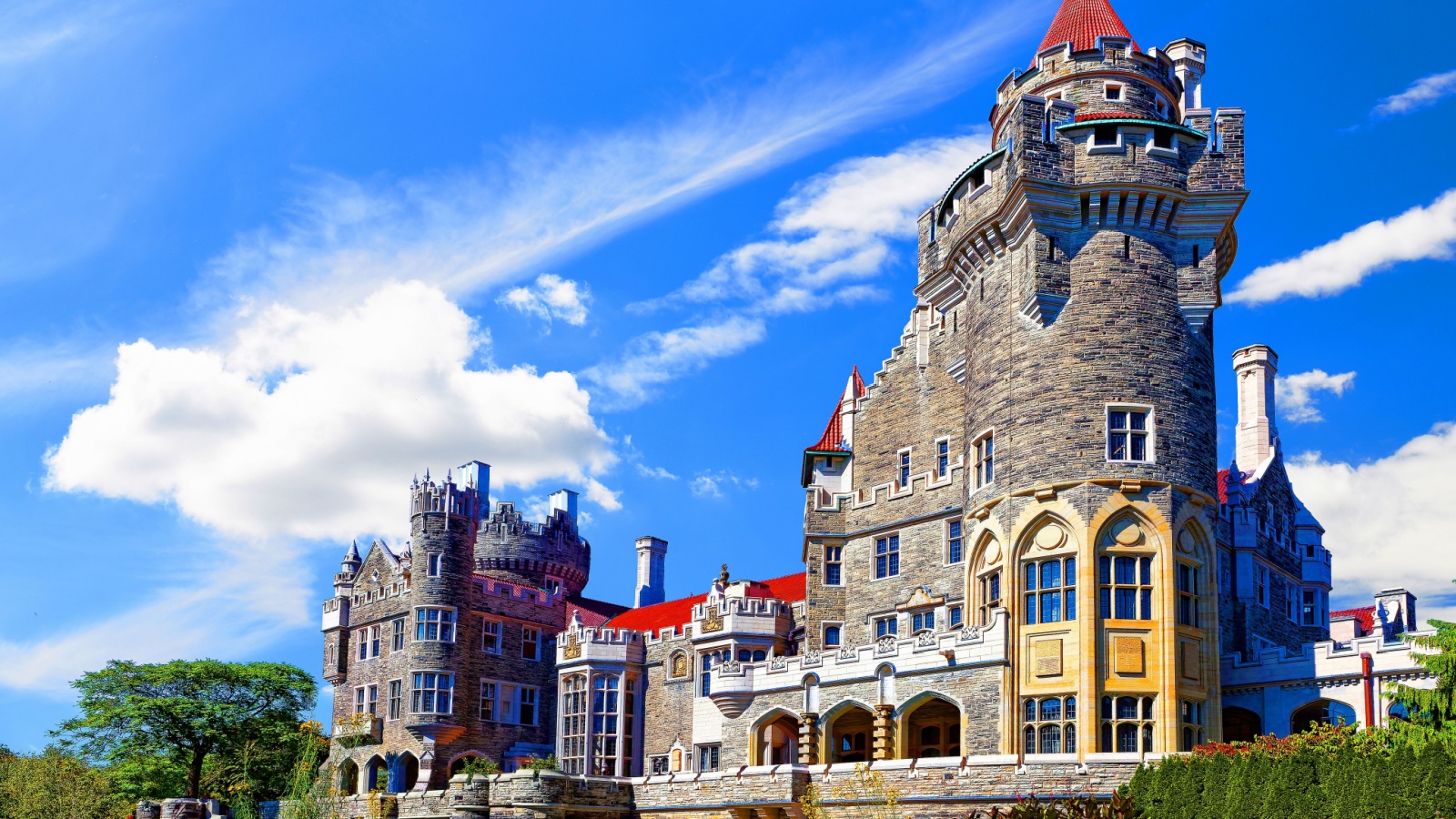
Casa Loma’s castle-like exterior looks majestic, but the reality inside is less impressive. Admission prices are steep for a self-guided tour that offers limited storytelling or context. Many rooms are sparsely furnished, and visitors quickly move from one empty hall to another without much insight into the history. The experience feels more like walking through a movie set than a historical landmark. For those interested in Toronto’s heritage, smaller sites like Spadina Museum or the Distillery District offer a richer context at a fraction of the cost.
Niagara Falls Tourist District, Ontario
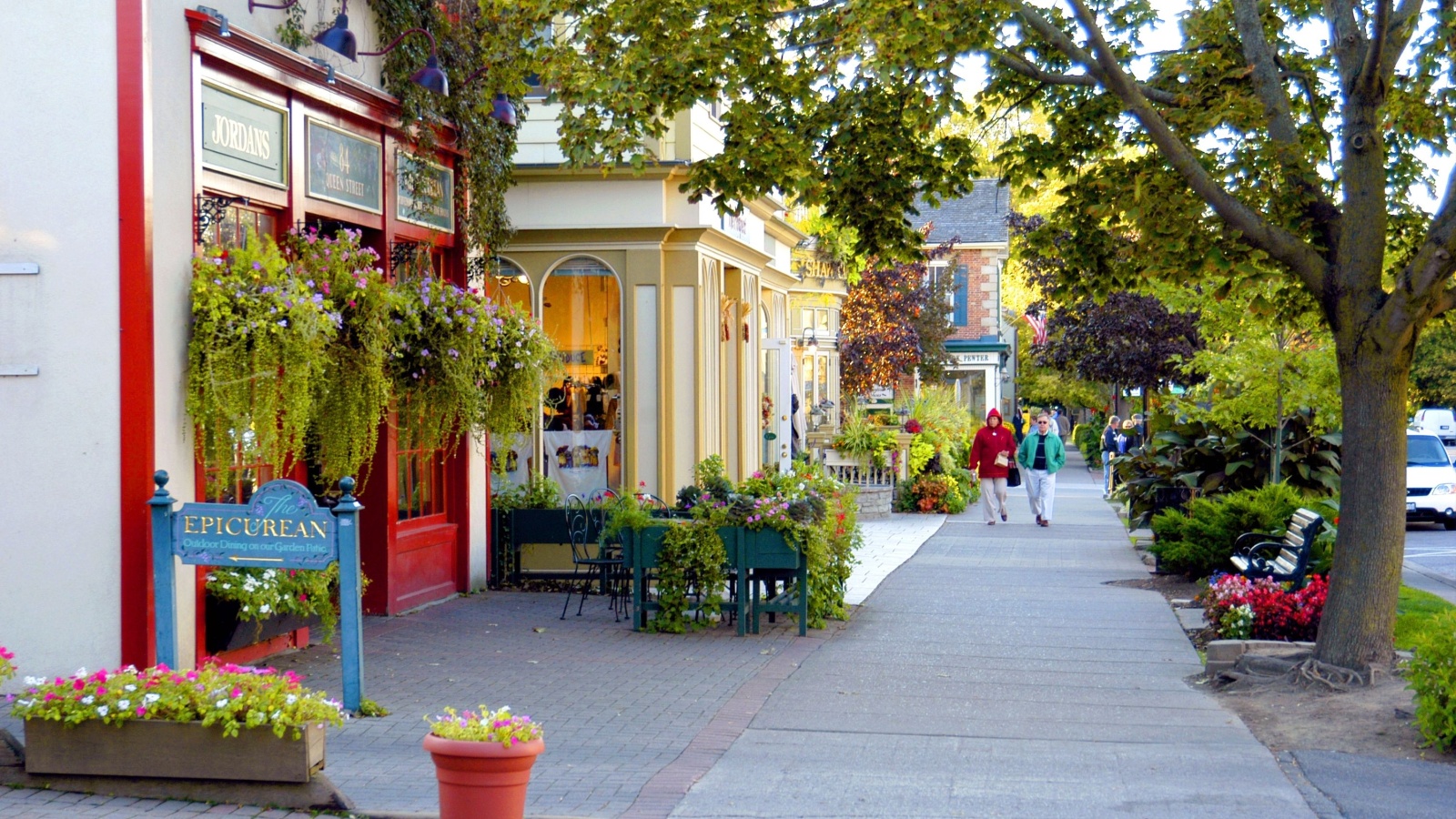
The natural falls are breathtaking, but the surrounding district is one of the biggest money traps in Canada. Souvenir shops, wax museums, and overpriced restaurants line every street, making it feel like a carnival instead of a world wonder. Visitors often spend hundreds on attractions that last minutes. The real gem of Niagara is free: the falls themselves. Skip the themed museums and enjoy the natural beauty from walking trails or a simple boat tour instead of falling into the overpriced entertainment chaos nearby.
Upside Down House, Niagara Falls, Ontario
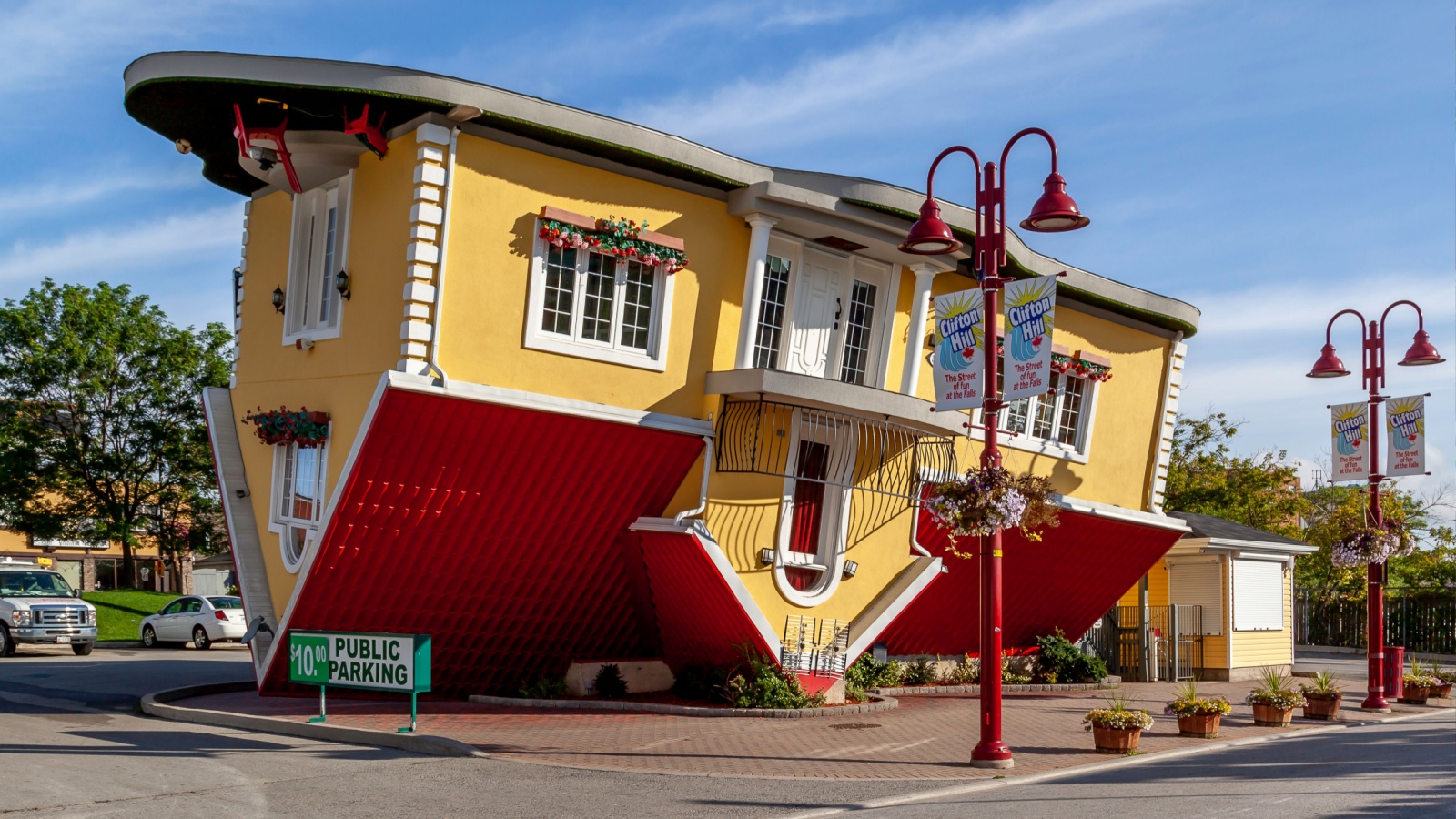
The Upside-Down House is a brief optical illusion experience that costs around $20 per person. It features only a handful of rooms, and most visitors finish within ten minutes. Reviews frequently describe it as overpriced and gimmicky, offering more photo ops than real enjoyment. It’s fine for families with kids if you’re already in the area, but definitely not worth a dedicated trip. The same price can buy you a proper museum ticket or a meal at a local restaurant, both offering more value for your money.
Indoor Skydiving, Niagara Region

Indoor skydiving sounds thrilling, but the reality is a few minutes of noisy wind tunnel time for nearly $100 per person. Participants often report feeling rushed through the experience, with little time to practice or enjoy the sensation. The instructors are professional, but the brief duration leaves many wishing for more. If you’re craving adrenaline, outdoor activities like zip-lining or kayaking in Ontario’s parks provide more adventure for far less. Indoor skydiving looks fun in photos, but the cost-to-thrill ratio simply doesn’t add up.
4D Motion Theatres, Niagara Falls

Several Niagara attractions feature “4D” experiences combining movies with seat movement, mist, and scents. Unfortunately, most are outdated, with blurry visuals and underwhelming effects. The shows last about ten minutes, and ticket prices feel excessive for what’s essentially a short promotional film. The hype around the technology rarely matches reality. Tourists often leave wishing they’d spent that money on local tours or dining. Unless you’ve never tried a motion theatre before, this one is best skipped, it’s overpriced and outdated entertainment dressed up as an “immersive” experience.
Wax Museums, Various Cities
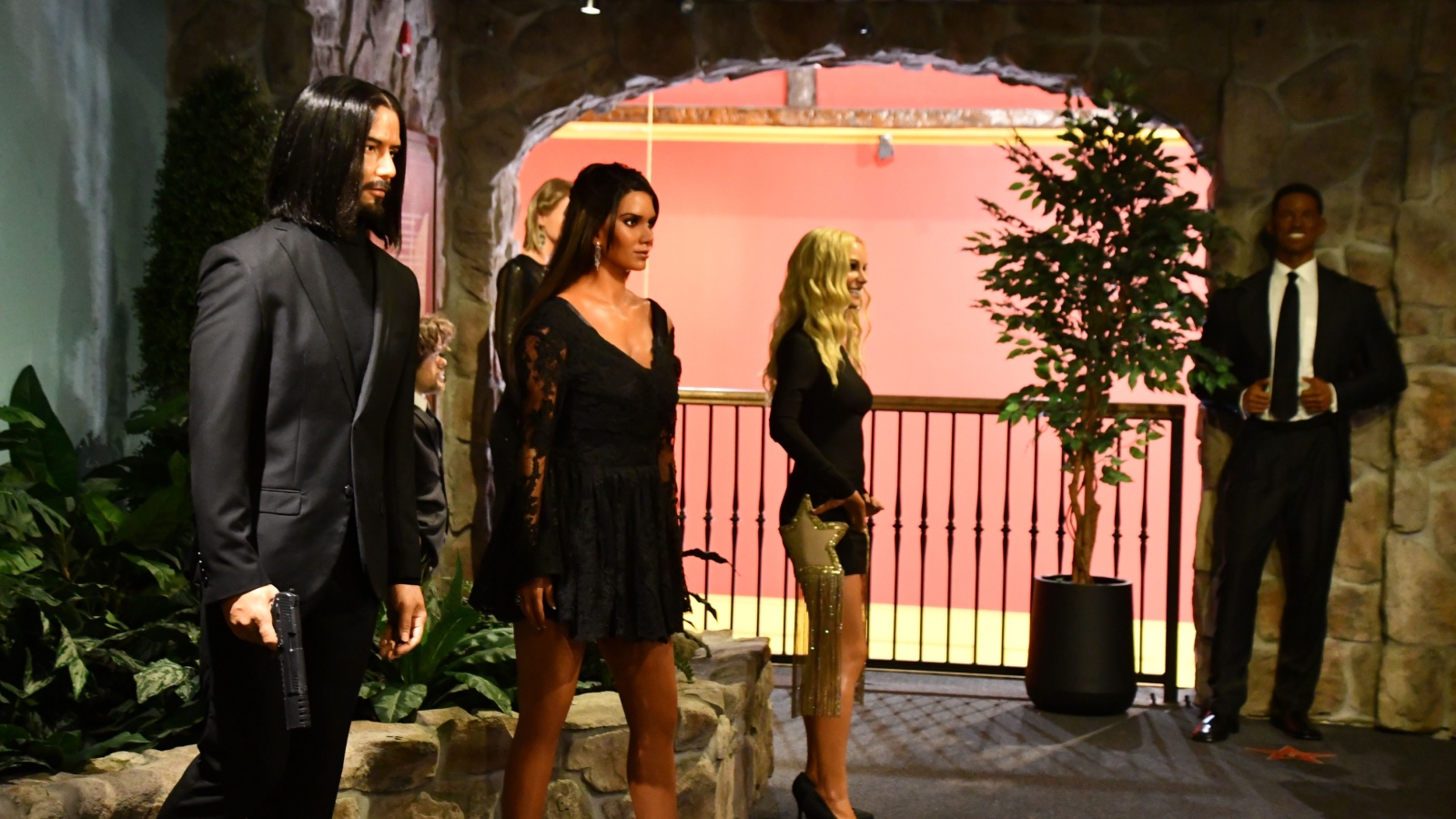
Wax museums across Canada, from Niagara Falls to Victoria, struggle to impress modern visitors. Figures often look nothing like the celebrities they’re meant to depict, and the dim lighting doesn’t help. Entry fees can approach $30 or more, yet the entire visit lasts 15 minutes. Maintenance is spotty, and displays feel decades old. With so many free art galleries and innovative museums across the country, wax museums offer poor value for money. Unless you have a fascination with uncanny wax figures, it’s an easy pass on most itineraries.
Gift Shop Strips in Tourist Zones
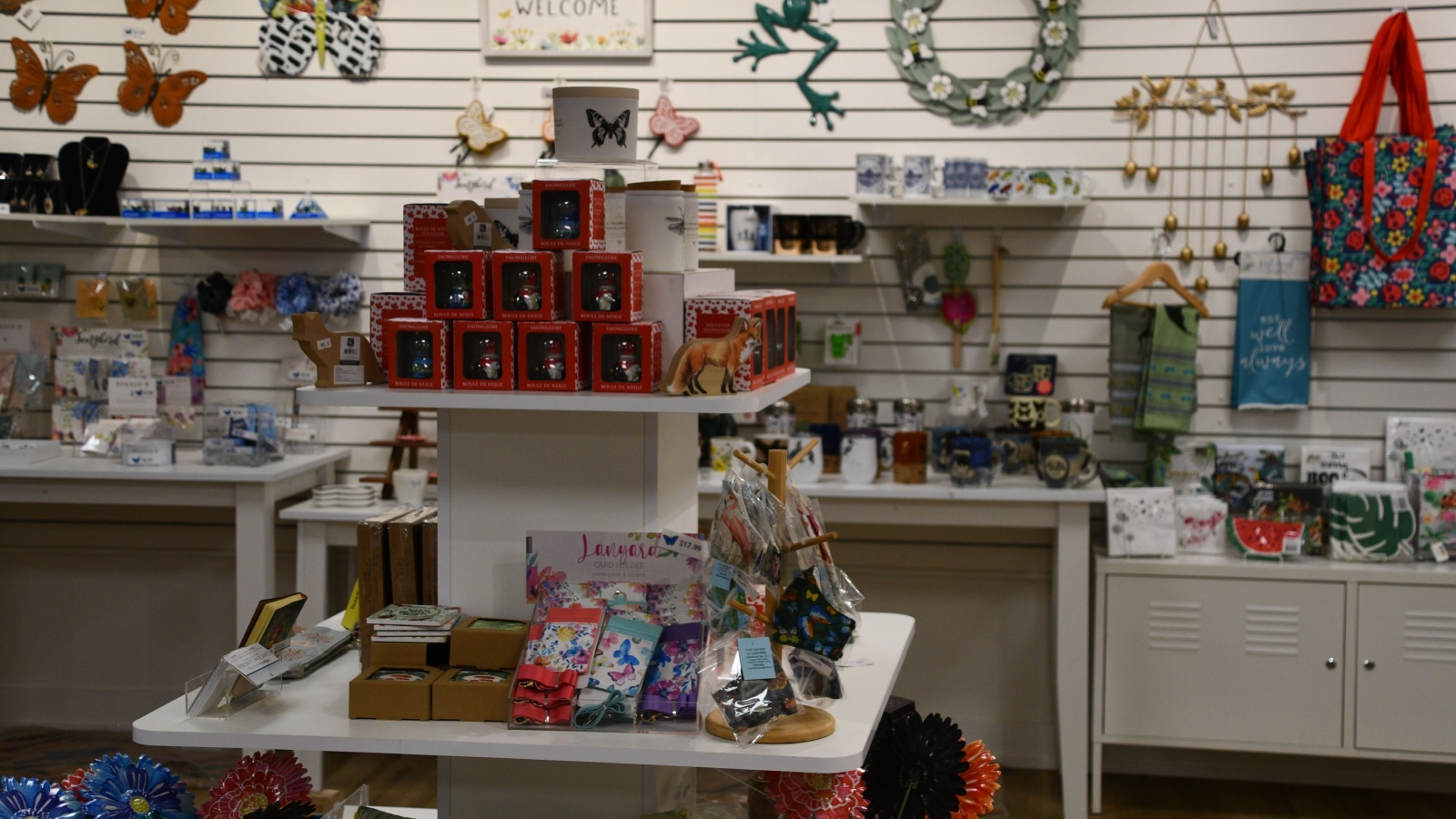
Every major attraction has a “souvenir row” selling maple-leaf mugs, snow globes, and moose plushies at inflated prices. The majority of these items are mass-produced overseas and are identical no matter where you go. Prices are far higher in tourist zones than in regular stores, and quality is often low. Travellers frequently spend impulsively here, only to regret it later. A better idea is to buy from local artisans, markets, or Indigenous craftspeople who sell authentic, handmade goods that actually reflect Canada’s diverse culture and creativity.
“Northern Wilderness” Tours
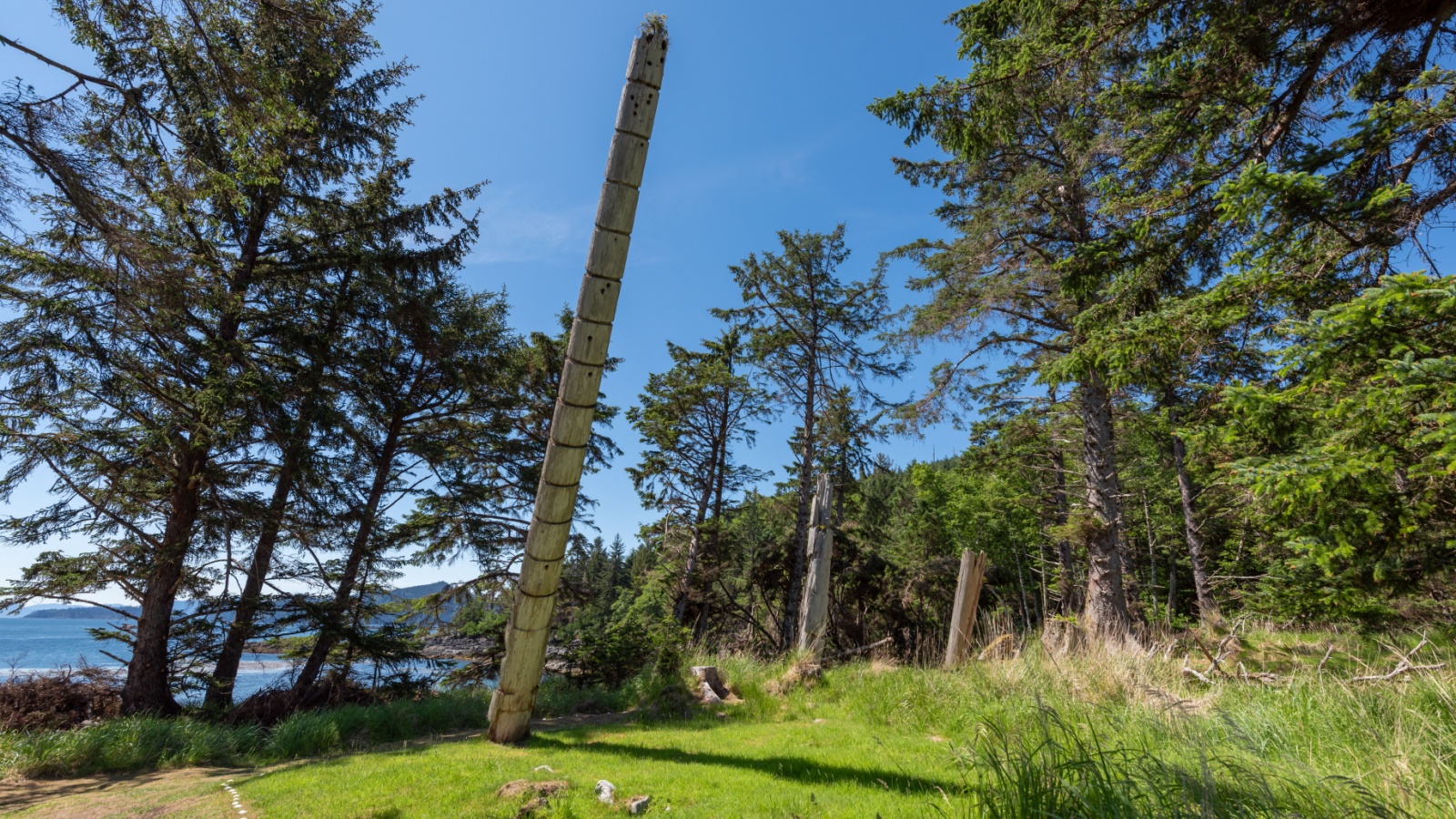
Some operators advertise luxury wilderness or Arctic adventures that promise untouched landscapes and abundant wildlife, but often deliver long drives, minimal exploration time, and generic stops. Prices are astronomical, and itineraries are tightly controlled, leaving little room for genuine discovery. Many travelers report spending most of their trip in vehicles or rest stops instead of the wilderness they paid to see. For a better experience, book smaller local outfitters or self-guided trips through provincial parks; you’ll save money and actually spend time outdoors instead of sitting on a bus.
Montreal Underground City Tours, Québec
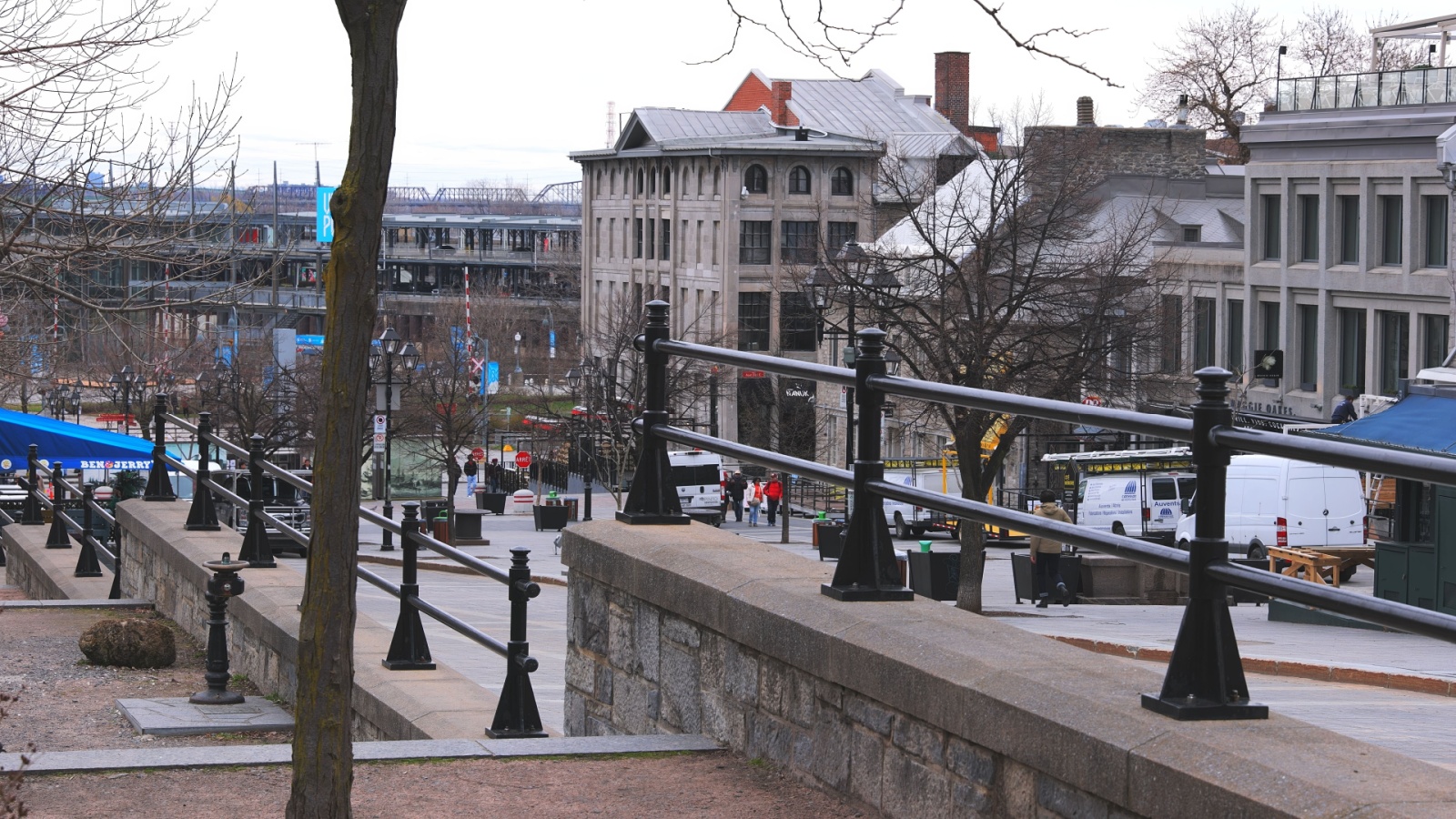
Montreal’s underground pedestrian network connects malls and metro stations, but paying for a guided “tour” of it rarely adds much. Most of the route is public, and visitors can easily explore it for free. The guides often recite basic facts that are readily available online, and the atmosphere feels like a shopping mall rather than a secret world beneath the city. Instead of paying for the underground, join a heritage walking tour above ground; you’ll learn more about Montreal’s architecture, history, and street culture for a lower price.
Gopher Hole Museum, Alberta

This offbeat museum showcases taxidermized gophers dressed in human clothes and posed in miniature scenes. It’s amusing at first glance, but takes less than ten minutes to see in full. The entry fee feels high for something so small and peculiar, and the novelty wears off quickly. Unless you have an appreciation for absurd roadside attractions, this stop is skippable. Nearby small-town heritage museums often provide richer insights into Alberta’s prairie history and culture at similar or lower cost, and without the odd taxidermy theme.
Old Country Markets, Rural Canada
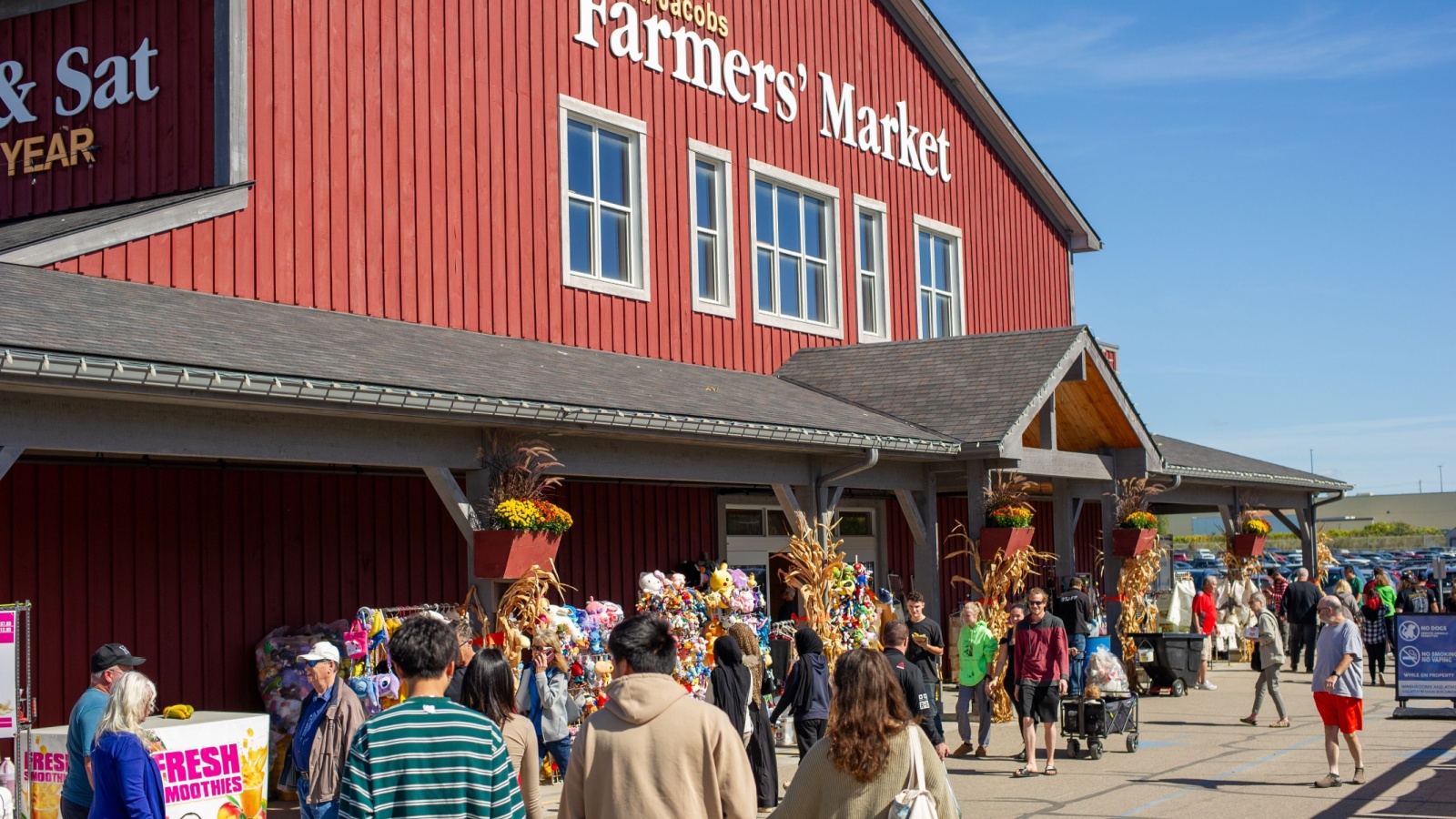
Along major highways, “Old Country” markets tempt travelers with signs promising local jams, crafts, and baked goods. Many, however, sell mass-produced trinkets imported from overseas. Prices are inflated, and authenticity is questionable. The food can be average, yet sold as “homemade.” These stops exist mostly to capture passing traffic rather than offer cultural value. If you want real local goods, visit verified farmers’ markets or small-town bakeries. Supporting genuine artisans not only ensures better quality but also avoids falling into the trap of over-commercialized roadside shops.
Banff Upper Hot Springs, Alberta
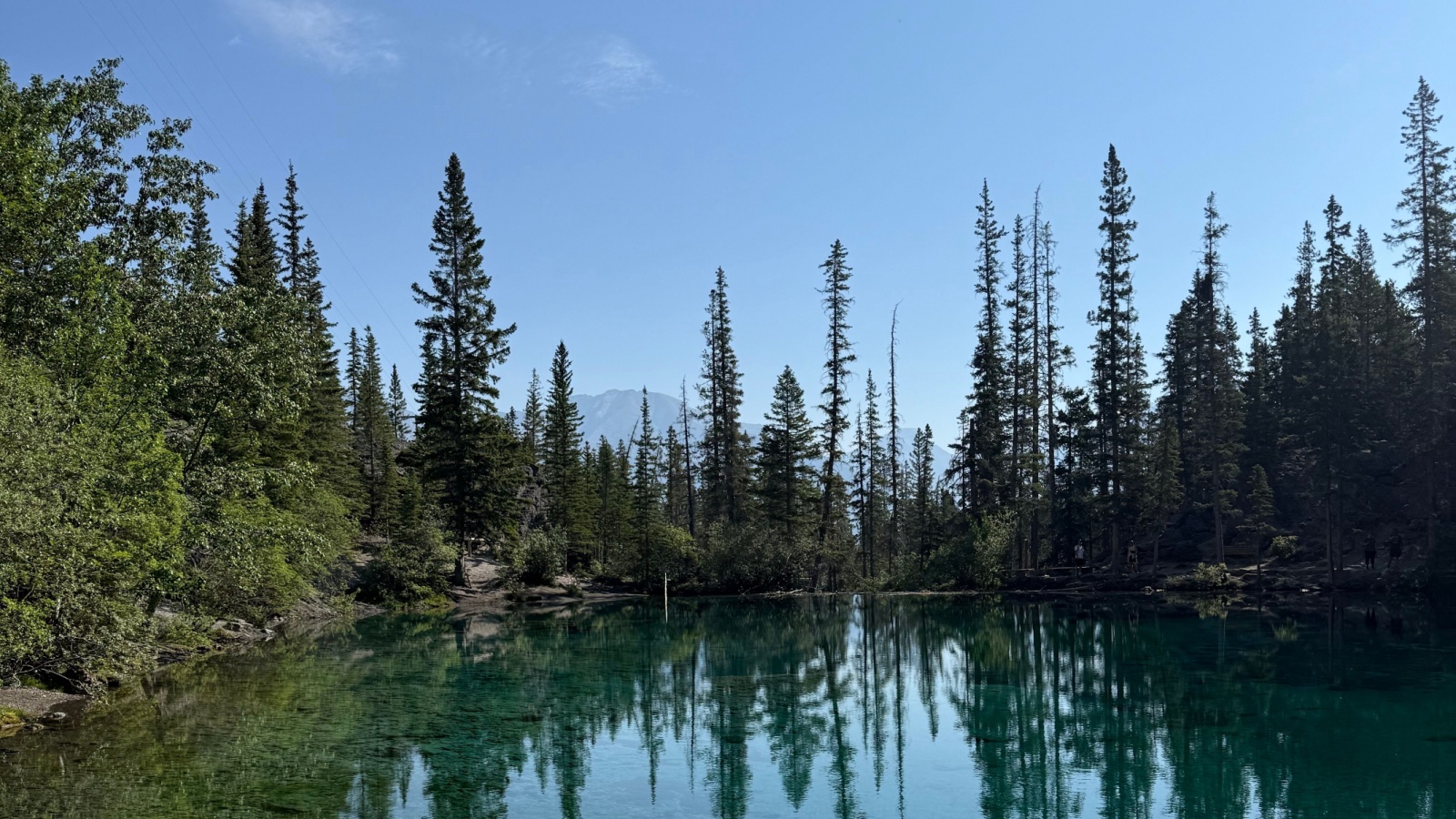
The Banff Upper Hot Springs are promoted as a serene mountain soak, but the reality is a crowded public pool with expensive admission and add-on costs for towels and lockers. The water is heavily chlorinated and often lukewarm rather than naturally hot. The mountain views are nice, but the noise and crowds quickly break any sense of relaxation. Smaller, lesser-known hot springs outside Banff offer far better experiences at lower prices. Many travelers recommend skipping this one and exploring scenic hikes or quiet lakes instead.
Robson Street, Vancouver, British Columbia
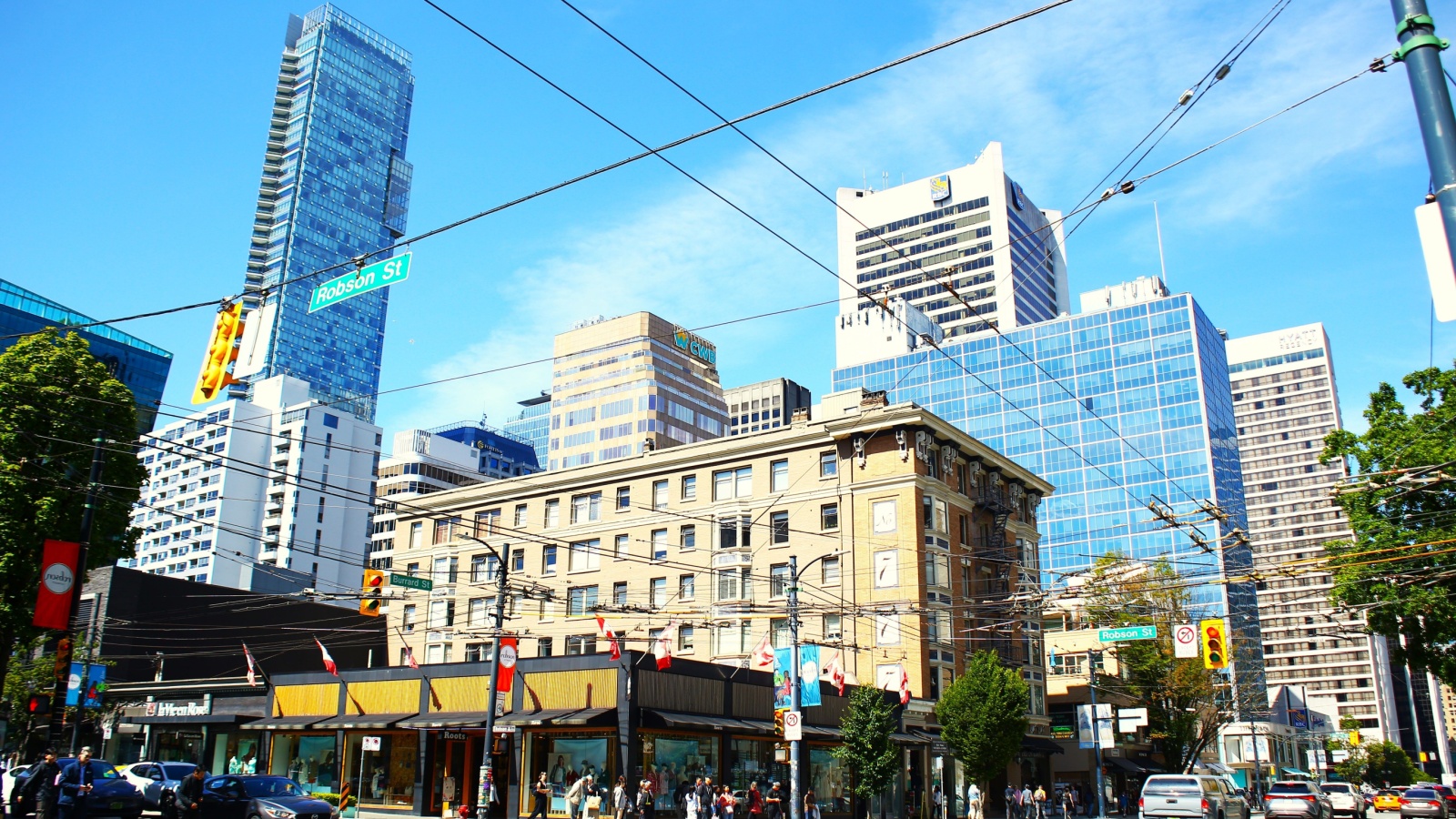
Robson Street is marketed as Vancouver’s premier shopping district, but it’s filled mostly with international chains and overpriced cafés. Locals rarely shop there because it offers little you can’t find elsewhere, just at double the cost. Tourists often mistake it for a cultural hub, but its global brands drown out any sense of local identity. For a better retail and dining experience, visit Main Street, Commercial Drive, or Granville Island, where small businesses, local designers, and independent coffee shops represent Vancouver’s true creative and culinary scene.
Northern “Ice Road” Excursions
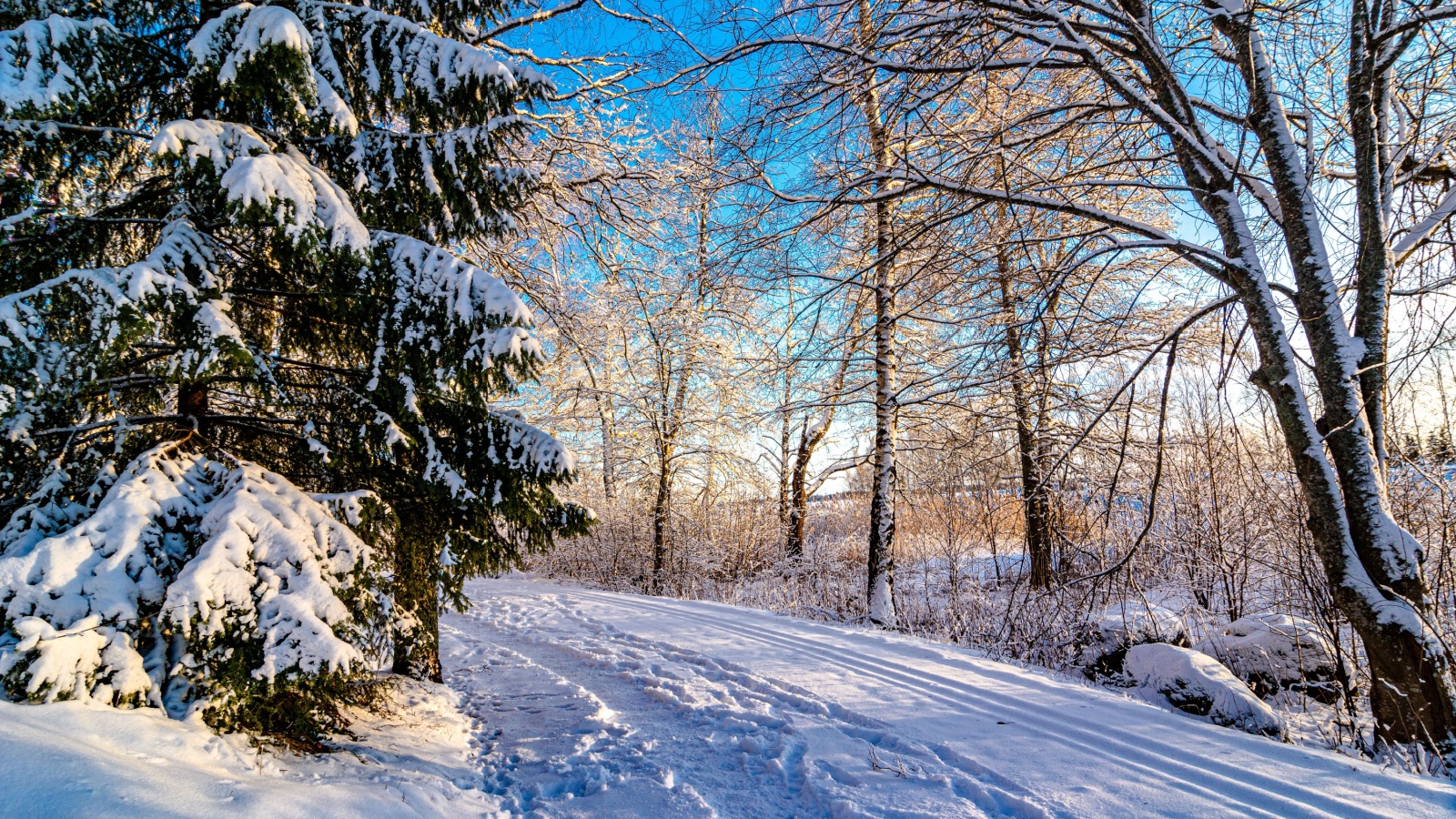
Some companies promote “adventurous” ice road or Arctic circle tours, but the logistics often involve long transport times and short actual exploration windows. Travelers report spending hours driving to view frozen lakes or barren terrain, with little to show for the cost. The prices can reach thousands, yet much of the trip consists of staged photo stops. For those interested in the far north, local cultural tours or Northern Lights experiences provide more depth and authenticity for a fraction of the price.
Old Québec in Peak Summer
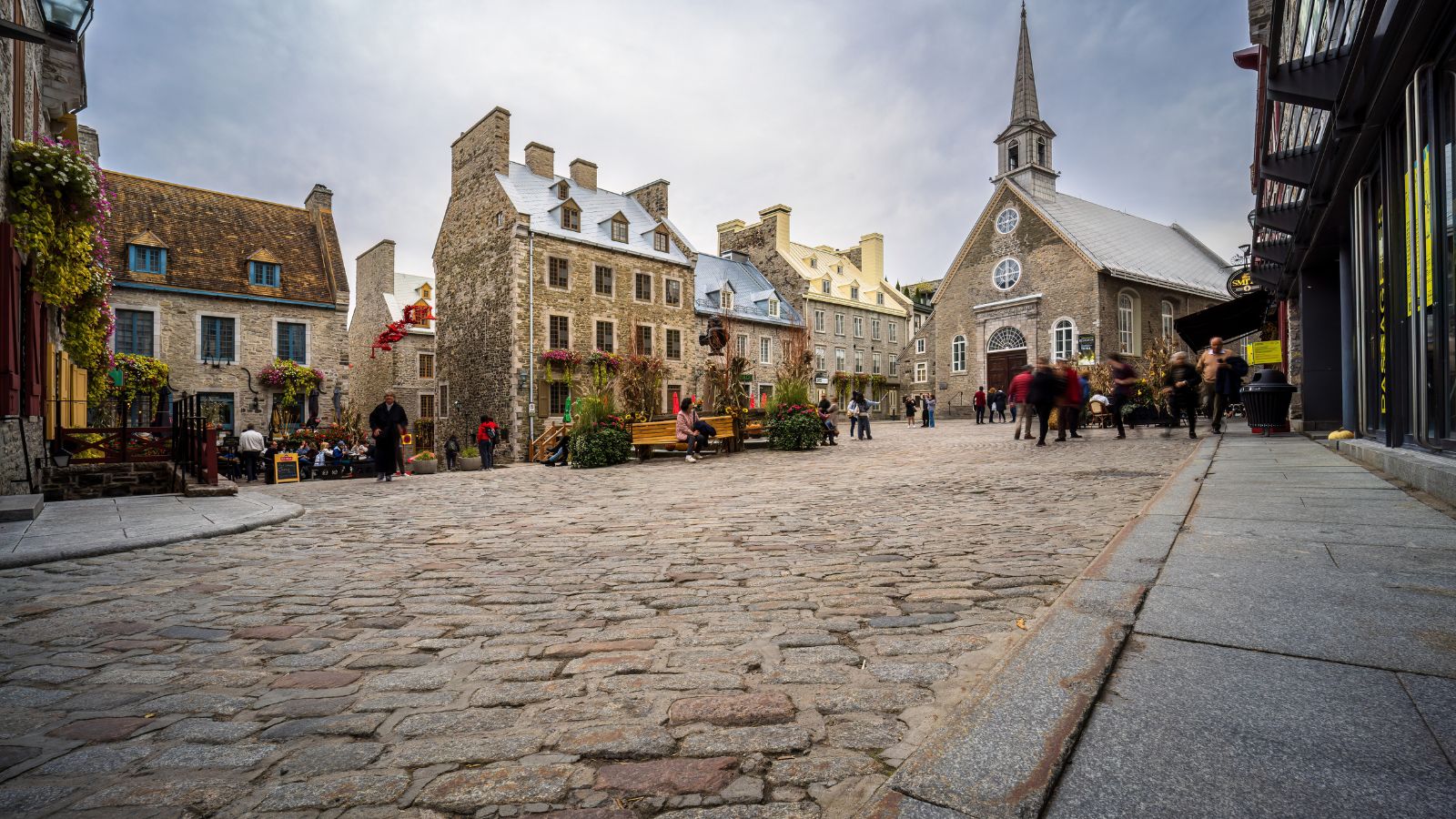
Old Québec City is beautiful, but visiting in July or August can feel like walking through a theme park. Streets are jammed with tourists, restaurants inflate prices, and hotel rates skyrocket. The charm of cobblestone lanes and historic architecture fades when you can barely move through the crowds. Locals suggest visiting in spring or fall, when the weather is mild and the streets are quieter. You’ll still enjoy the same architecture, cafés, and heritage, without the tourist chaos and inflated summer rates.
21 Products Canadians Should Stockpile Before Tariffs Hit

If trade tensions escalate between Canada and the U.S., everyday essentials can suddenly disappear or skyrocket in price. Products like pantry basics and tech must-haves that depend on are deeply tied to cross-border supply chains and are likely to face various kinds of disruptions
21 Products Canadians Should Stockpile Before Tariffs Hit
